 Add My Company
Add My Company
Industrial Air Cleaners are Groovy
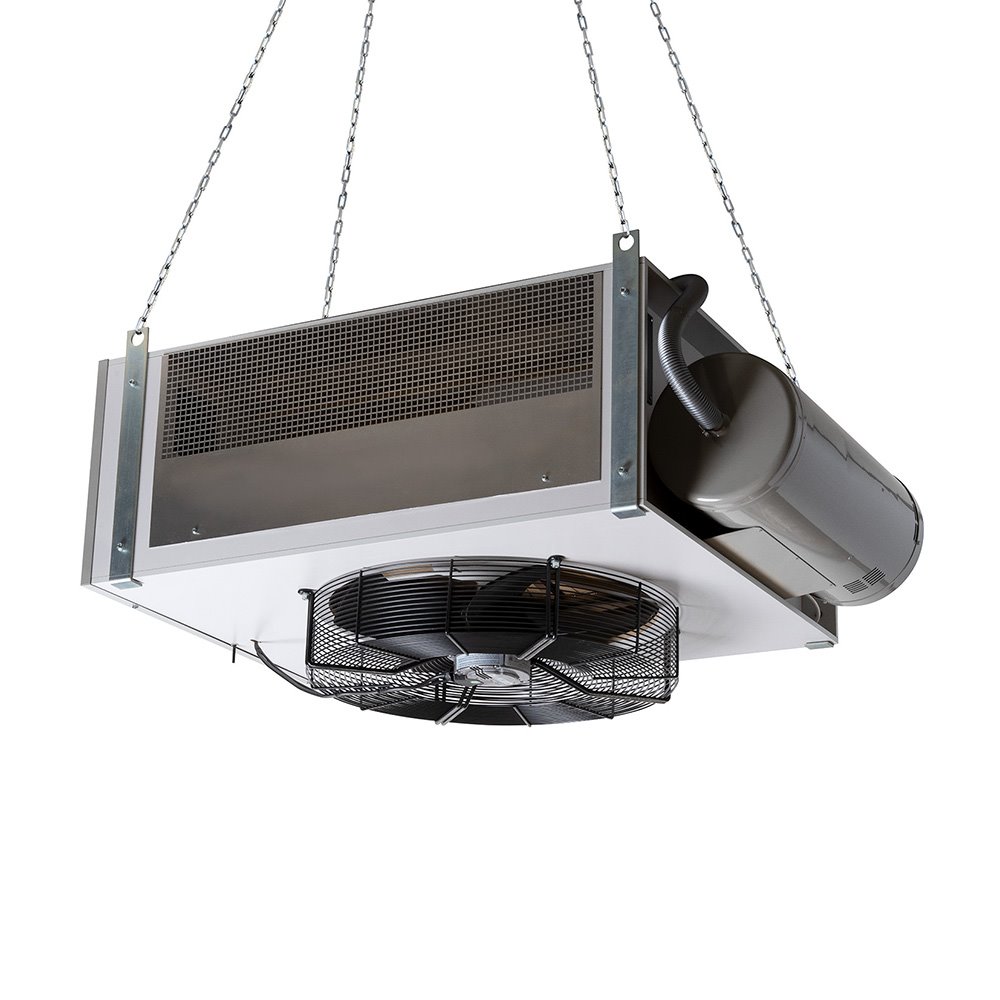
Industrial Air Cleaners are now proper groovy!
No, seriously, they really are!
In the olden days industrial air cleaners where basically just a box containing just a couple of mechanical filters and fan. You can still buy these machines, but the running costs (power and replacement filters) are punitive. These old fangled machines work well enough but serve the filter companies better. Then, a few years ago, the market hailed a new, improved industrial air cleaner with a filter like a mophead. In fairness these machines are good, although they have a daft air flow pattern pulling contaminated air upwards towards the bottom of the suspended air cleaner. Not great if you are an operative working at floor level. You can't buy these machines and change the filters yourself because the suppliers business model is service based. That's right - you effectively hire the air cleaner and have periodic servicing and filter changes by other people at a cost that will make you wince.
As good as these 'ye olde' industrial air cleaners are, we can announce that there is now a much better way of cleaning air in industrial applications - the groovy way. The cutting edge of industrial air cleaners is called Cellflow and they have some really groovy features.
The Groovy Filter.
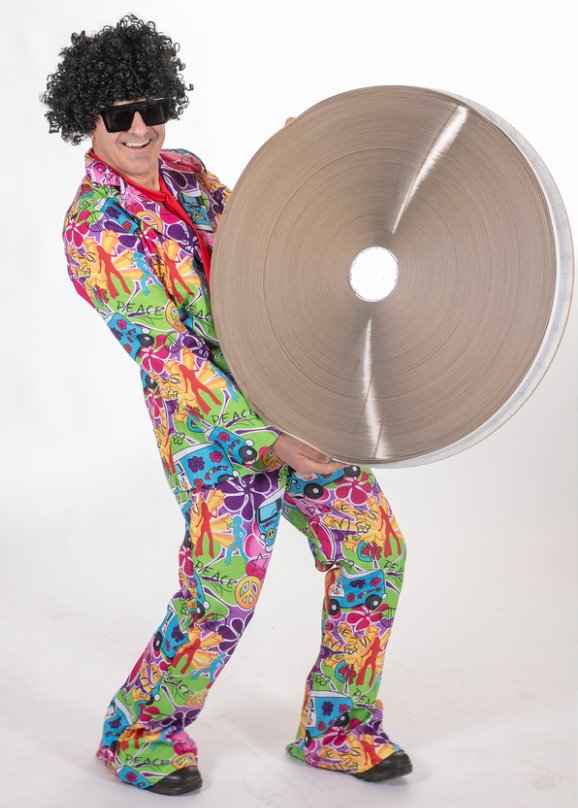
It's round and it is groovy because it is made using a ribbon card laminated with a foil strip. When wound into a spiral and the card form held in place by glue separators the effect is an intriguing structure, something like an long play record - a round form with uniform air gap between the card. It has grooves therefore it is officialy groovy.
Sceptics may suggest that the air and dust would simply pass through this filter unperturbed. Well they would be half right - the air does with remarkably little resistance, however the dust does not. The particles are charged with an ioniser as they enter the air cleaner and are attracted to the oppositly charged foil surface that is in the filter.
The filter efficiency is very good. Those PM 10, PM 2.5 and even PM 0.1 size dust particles stand little chance of getting through. The reason it is so efficient is all about some groovy physics - we won't bore you with the detail but suffice to say it's all about a precisely engineered interplay between the air velocity, the gap between the card and the voltage going through the foil.
Because this filter is nothing like the old fashioned square filters it can't be tested to same test standard methods that square filters are tested to. This means that we have to look at other methods to determine efficiency. So this means that whilst we cannot claim it is a HEPA H14 filter we can say that it has efficiency equivalent to an HEPA H14. The makers call this marvel of a filter, EcoPrecision™
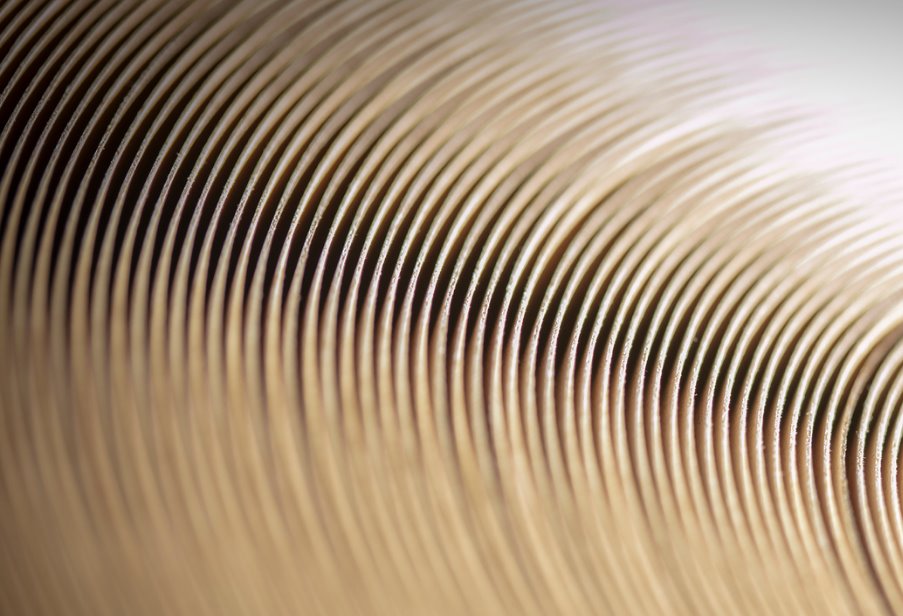
The Groovy Dust Bag.
The problem with traditional air filters in traditional air cleaners is that they are expensive and that you have to get new ones every time they get glogged with the trapped dust. This is fantastic news for filter companies.
Wouldn't it be a bonzer idea if you could clean the filter so that it could carry on working rather than just buying a new filter every time? With old style industrial air cleaners this is a laughable impossibility. With the groovy EcoPrecision™ filter filter cleaning is a reality.
This brings us to the groovy dust bag. Ye olde industrial air cleaners can't put dust in the bag, but these new Cellflow aircleaners ones certainly do.

The Groovy Stylus Arm
At this point deeper thinking readers are wondering how the dust makes the leap from the EcoPrecision™ filter to the dust bag? Good question.
From time to time the groovy filter turns like a record in a record player (Google some pictures and videos if you dont know what a record player is). If you can imagine a stylus arm on the filter, but rather than having a stylus on the end of the airm there is a pair of plastic scraper blades that scrape the caught dust form the filter. The stylus arm is actually a pipe through which a reverse airflow is drawn to convey the dislodged dust into a vacuum bag in another part of the air cleaner.
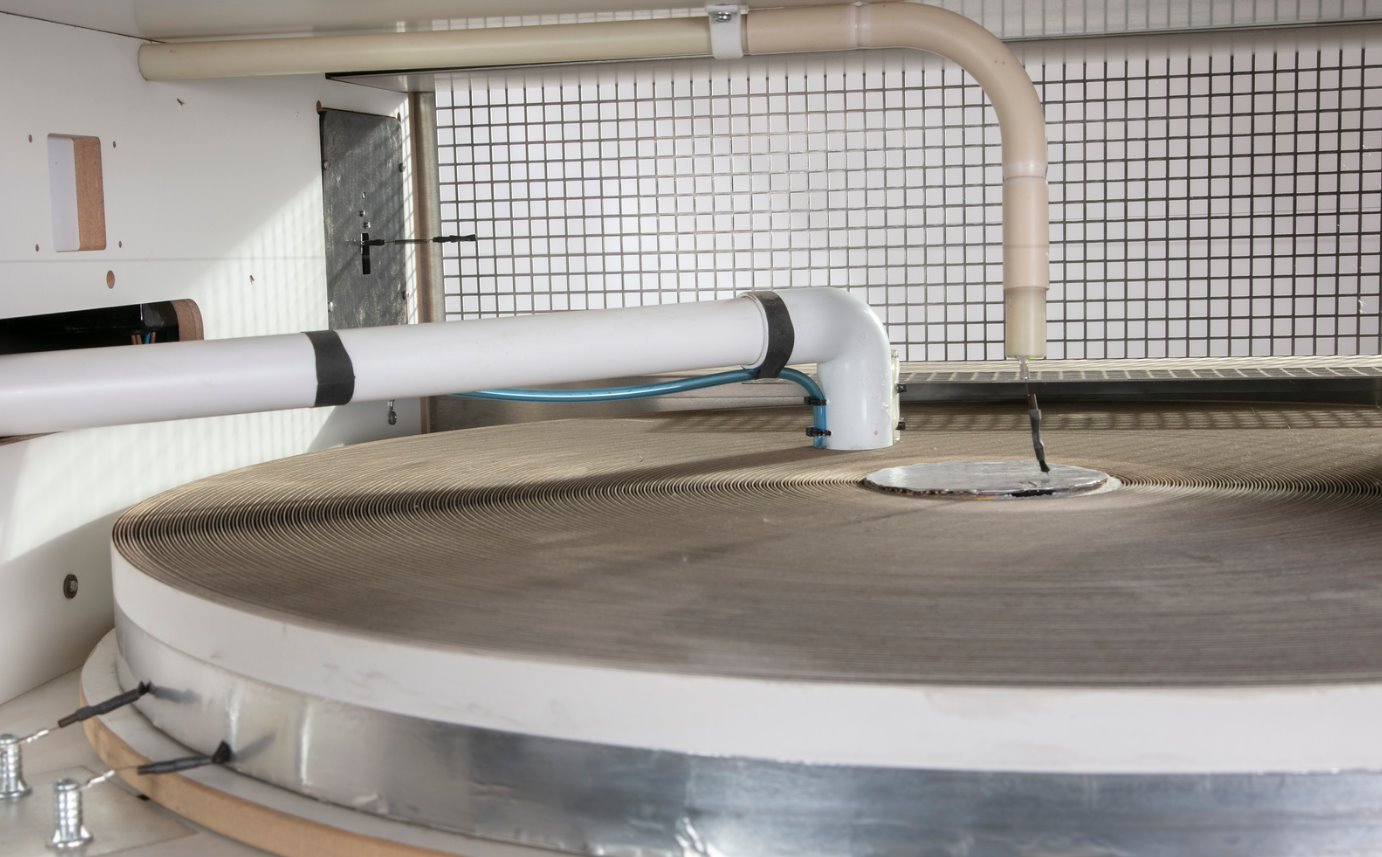
What About The Groovy Sound?
If you want to feel the noise, and pick up the vib from the CellFlow industrial air cleaners, prepare yourself for a disappointment. If you want a racket try a traditional air cleaner, making your considered choice from those that are too embarrassed to even mention noise in their specifications.
You see, because of the incredibly low air resistance in the filter, the low pressure axial fan does very little work to move the air through the air cleaner. This means that amount of decibels created by the CellFlow air cleaners is rather underwhelming.
Admittedly Cellflow air cleaners do make more noise when they are in their filter cleaning cycle, spinning the disc and sooking the dust into the groovy dust bag. However you can program the cleaning to happen after working hours rather disturbing the sound of pins dropping during the day.
The Groovy Air Flow Pattern.
Cellflow air cleaners the Ind5000 ceiling SC and Ind8500 ceiling SC are designed for hanging from the roof structure in industrial applications. It it the best place for them for the following reasons;
Out or the way. Floor based air cleaners can pose an obstruction problem to staff and machines . Moreover power cables can be a trip hazzard.
The cleaned air from these units is pushed downwards towards the occupants of the building at floor level. This is ideal for two reasons;
- The dust emitted from the factory processes is encouraged to follow the air flow downwards, and then travels vertically towards the ceiling nearer the walls away from the more heavily occupied areas. This is good for the staff and the machines.
- The heated warm air that would otherwise tend to stratify and collect at the ceiling level is pushed downwards to the floor. Yes these air cleaners also act as destratification fans and can knock chunks out of your heating bill.
Would you believe it some air cleaners actually pull dirty air directly upwards from the source and presumably the past the heads of the staff and into the air cleaner above there heads. I know it's bonkers! You really couldn't make it up.
The downward traveling cone of clean air from a roof hung Cellflow industrial air cleaner will have the Health and Safety manager groov'n in their office, whilst the destratification effect will have the directors jiving in the boardroom.
And just when you thought an industrial air cleaner could not get any goovier...
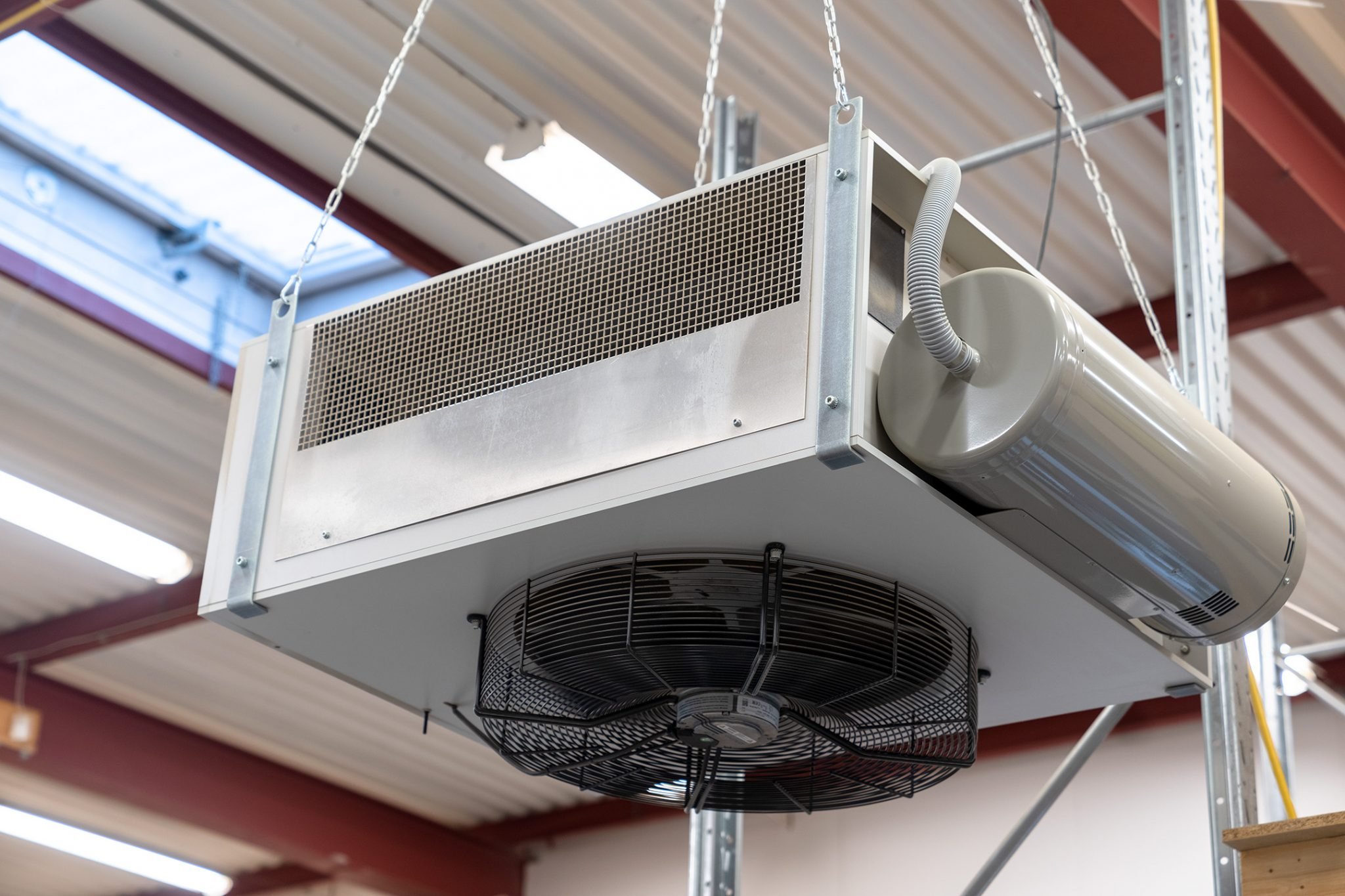
...The Groovy Economic Case For CellFlow Industrial Air Cleaners.
This is the best bit. It's like a double A sided 45! (readers under 40 might need to consult a senior for an explaination)
Lets look first at the capital cost. It it very hard to make a comparison because the machines are very different to the old fangled type of air cleaner. In very broad terms comparing machines of similar airflow capacity, the Cellflow industrial air cleaners are more cost effective to buy.
The easest measure of running cost is to divide the air flow (m3/hr) by the watts that the air cleaner consumes.
This ratio tells us how many m3 of air is effectivly cleaned by a single watt of electrical power. Worth considering that an old style filter in a box with a fan will typically treat around 5-7m3 of air with a watt of power. But remember this - this power figure we use to calculate the efficiency figure is when the filters are clean and when the pressure drop for the air is at its lowest. It means that the quantity of m3 of air treated per watt will go down as the filter collects dust. In other words the efficiency in terms of power used to clean air gets worse as the filter becomes laden with dust.
The Cellflow range, of which the largest, the Ind8500 Ceiling SC, has some very different efficiency numbers. It will treat a whapping 42.5m3 of air with a watt! And, because it cleans it's own filter, the pressure drop through the machine does not change so that efficiency figure is constant! It's all becasue of the groovy EcoPrecision™ filter!
Thats not all.
When your old style air cleaner needs it's filter changed, it ain't cheap. Let us assume that your traditional air cleaner has, say, 4 off 24" x 24" prefilters @ £150 each, and 2 off HEPA filters 24" x 48" at about £350 a pop, and that you do 3 prefilter changes for every HEPA filter change. Lets also run with the assumption that the prefilters are changed every 6 months and therefor the HEPAs changed in 18 months. In that 18 months the prefilters will have cost £1800 and the HEPAs £700. A massive £2.5k in 18 months.
Let's compare that to a Celflow Ind8500 Ceiling SC. In 18 months you might, if it is very dusty, go through 3 vacuum bags costing a massive £25 each. After 18 months the EcoPrecision™ filter inside will in all likelihood be good for another 6 months or a year, but lets say that for some reason it is not, then it will cost £330 to replace it. On worst case assumptions the spares cost iin 18 months is £405!
For More Groovy Industrial Air Cleaner Information.
If this groovy blog whets your appetite for more information about Cellflow industrial air cleaners then have a swatch at the range here and or contact us either through the contact us page
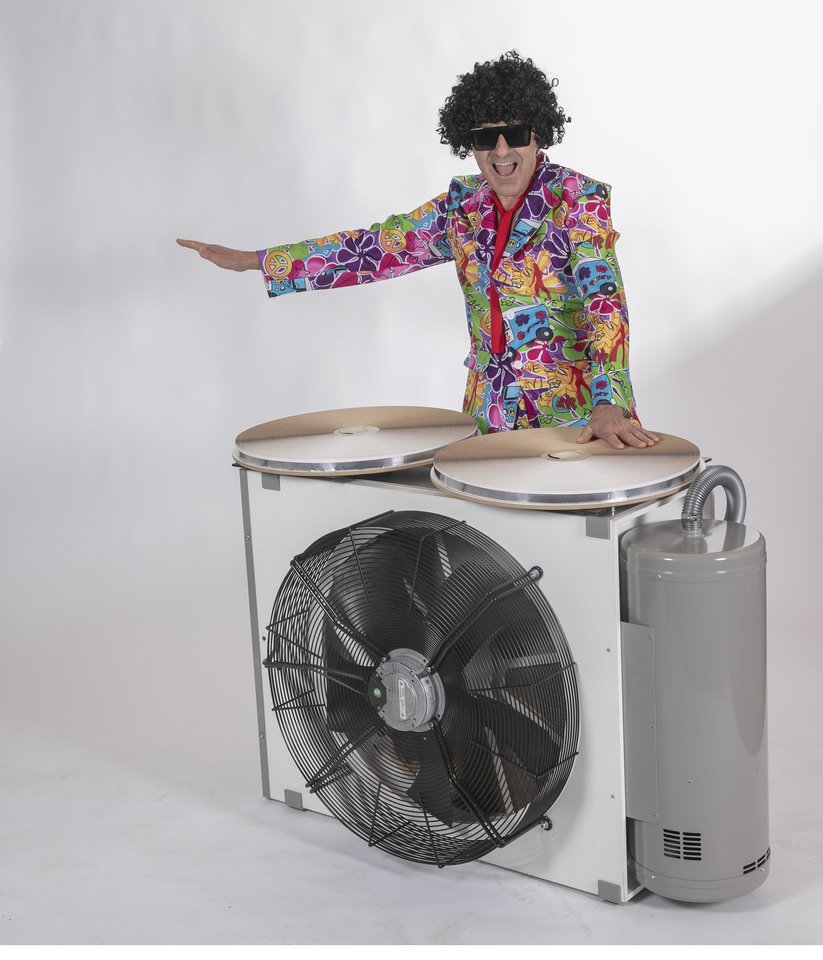
For more information on Industrial Air Cleaners are Groovy talk to Puravent

